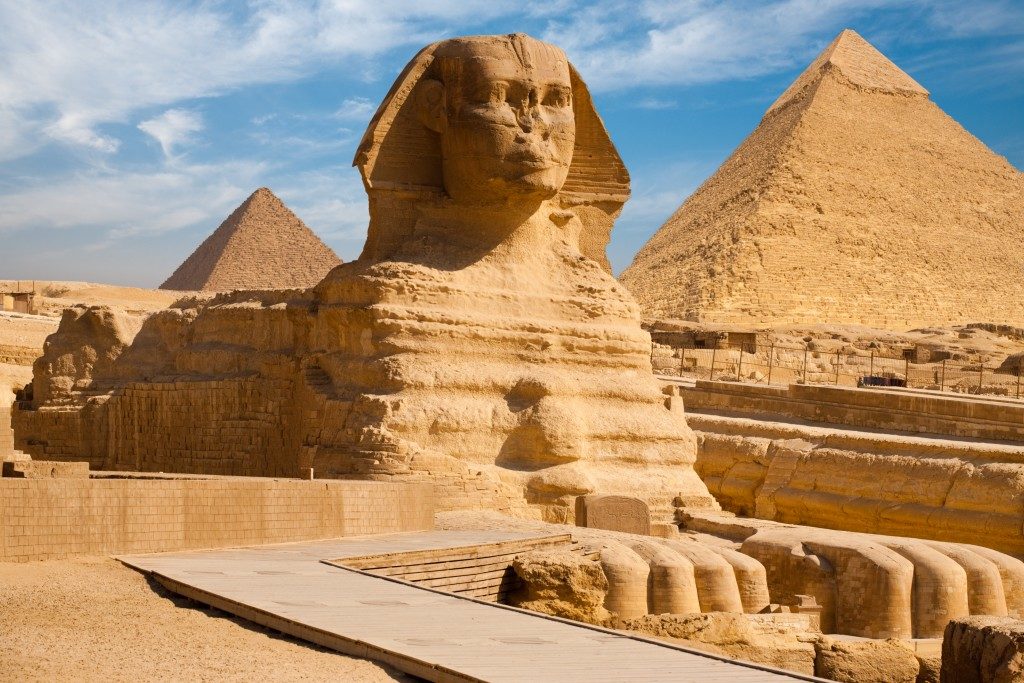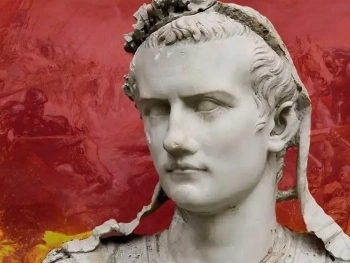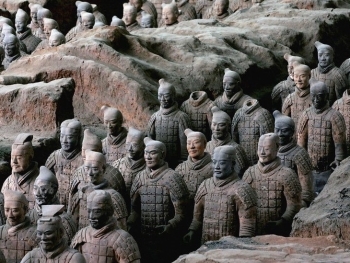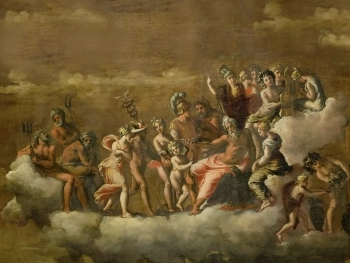The Sphinx is one of the most iconic and mysterious symbols of ancient Egypt. This enigmatic monument, located near the Great Pyramids of Giza, depicts a mythical creature with the body of a lion and the head of a human.
Despite its prominence and enduring cultural significance, the origins and purpose of the Sphinx remain shrouded in mystery. For centuries, scholars and historians have debated its age, construction, and meaning, and many questions still remain unanswered.
One of the most puzzling aspects of the Sphinx is its construction. The monument is believed to have been carved from a single block of limestone, and it is estimated to weigh over 200 tons. The precision and skill required to carve such a massive statue from a single piece of stone is remarkable, especially given the limited technology available to the ancient Egyptians.
Another mystery surrounding the Sphinx is its age. While there is no definitive proof of when the monument was constructed, most scholars believe that it dates back to the Old Kingdom period of ancient Egypt, around 2500 BC. However, there are some who believe that the Sphinx may be much older, dating back to the pre-dynastic period, over 5,000 years ago.
The purpose of the Sphinx is another point of debate. Some believe that the monument was constructed as a symbol of royal power, perhaps depicting a pharaoh or other important figure in ancient Egyptian society. Others believe that the Sphinx may have had a more spiritual or religious significance, perhaps serving as a guardian or protector of the Great Pyramids.
One of the most enduring mysteries surrounding the Sphinx is the riddle that it poses: "What walks on four legs in the morning, two legs in the afternoon, and three legs in the evening?" This famous riddle has been the subject of much speculation and interpretation over the years, with many believing that it symbolizes the passage of time and the cycle of life.
Despite the many unanswered questions surrounding the Sphinx, its enduring cultural significance and mysterious allure continue to captivate the imaginations of people around the world. Whether it is a symbol of royal power, a religious icon, or a guardian of the Great Pyramids, the Sphinx remains one of the most enigmatic and fascinating monuments of ancient Egypt.




